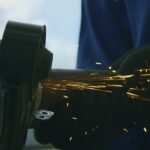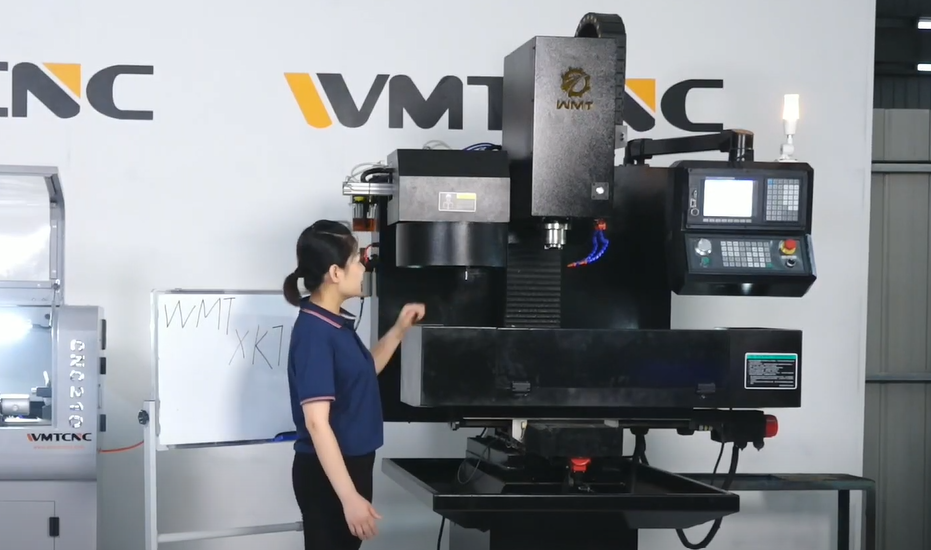This type of machine carries out sequentially, in automatic mode, the spindle with the workpiece to each of the positions provided by the machine tool. Each position has one or more operations defined by the machining technology and entered in the program.
Several spindles are mounted in the spindle drum (most often 8, 6 or 4). The program is designed so that one full revolution (machining cycle) of the spindle unit completely processes the workpiece.
One of the positions is considered as a loading position. Here (in bar machines):
the finished workpiece is cut;
the bar is fed and clamped.
In automatic machines of the magazine type, a special device, called a magazine device, loads the next workpiece after the release of the previous one (which has become a finished part).
Depending on the model, these machines may have a pair of loading positions 180° apart. In this case, the workpiece has to pass only 50% of the existing positions. But it is machined completely. Consequently, one revolution of such a spindle unit produces a pair of machined workpieces.
This technology is called parallel-sequential.
It is used for machining simple elements with high productivity.
Cartridge multi-spindle machines of this type in Russia are considered semi-automatic (if there is no CNC), although the presence of magazine loading in almost all modern models turns them into automatic machines. The only difference is the manual loading of the piece workpiece. And also in the absence of a cutting (transverse) caliper.





